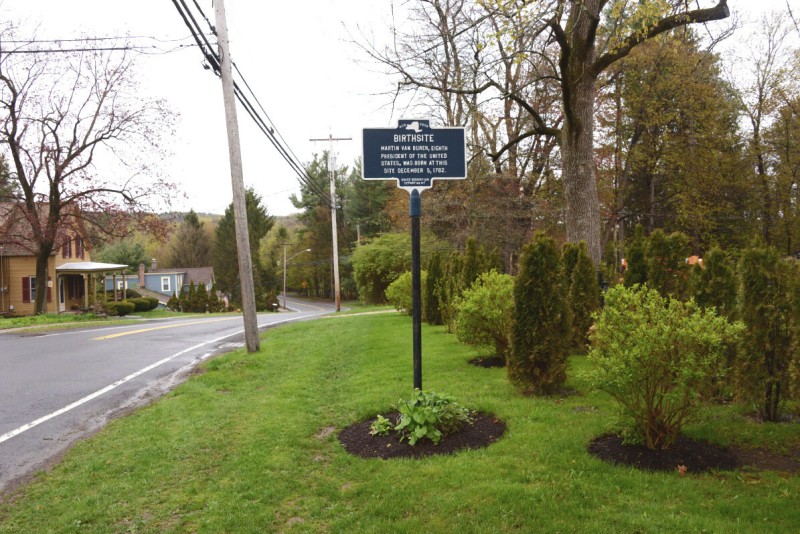
Martin Van Buren was born in the upper Hudson River Valley in 1782, in a tavern owned by his family in the town of Kinderhook, New York.

The building he was born in was eventually abandoned, and demolished in 1926. The house currently at the site was built in 1956. The state historical marker appeared in the 1970s.
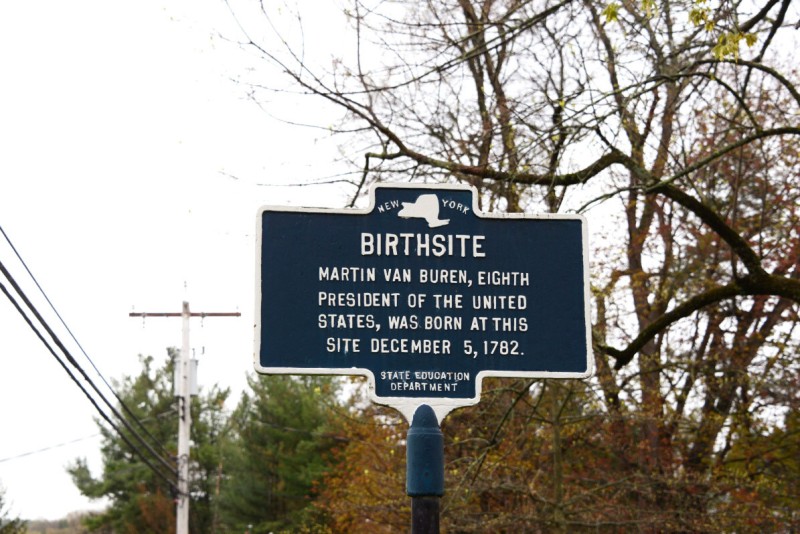
Though Van Buren moved away in his 20s–initially to New York City to work at a law firm, eventually becoming a senator, and then vice president under Andrew Jackson–he often returned to this region and considered it his home.
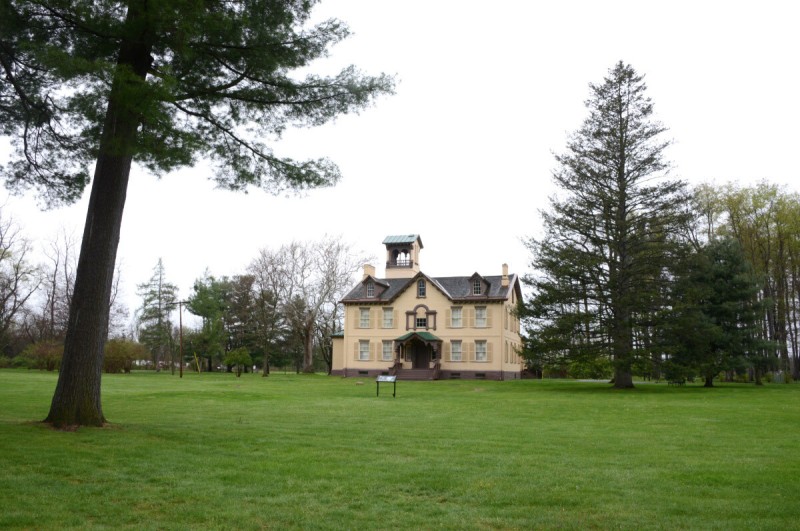
While Van Buren was serving as president, he purchased this house near Kinderhook, and began restoring and expanding it. It had once been owned by William Van Ness, a friend who helped him get his start as a young lawyer.
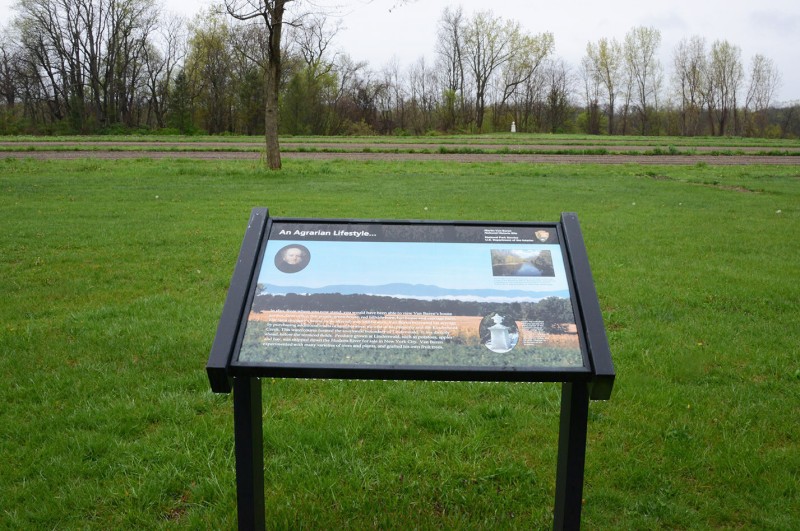
At the close of his presidency he settled here, surrounded by 200 acres of farmland, and after two more unsuccessful attempts at reclaiming the presidency, gave up in 1848 and transitioned from a statesman to a gentleman farmer. Van Buren died here in 1862.

The house, known as Lindenwald, was Georgian in style when Van Buren bought it, but he added Italianate features (such as the tower) somewhat incongruous in Kinderhook, which was one of oldest Dutch communities in the new world.

Over the next century the house changed hands many times, used as a private home, a nursing home, a tea house, and an antiques shop. In 1974 it was taken over by the federal government, and developed into the Martin Van Buren National Historic Site.
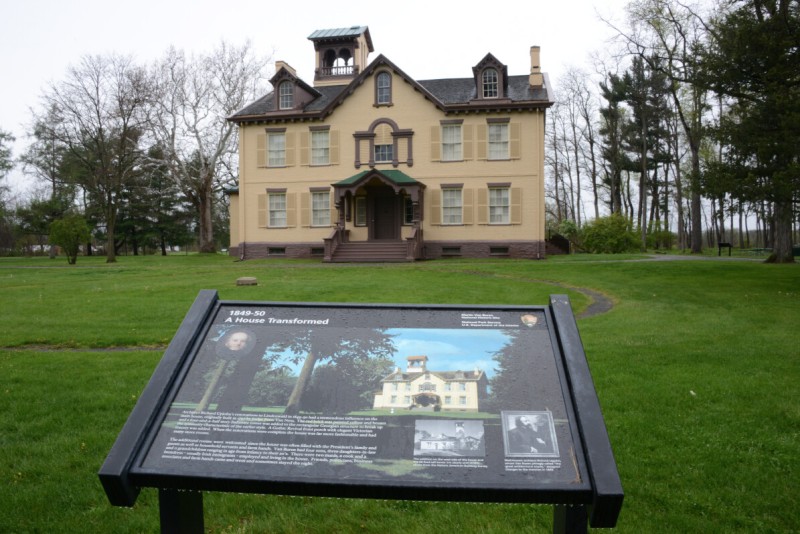
Lindenwald now stands in an open grassy field, surrounded by Park Service interpretive plaques.
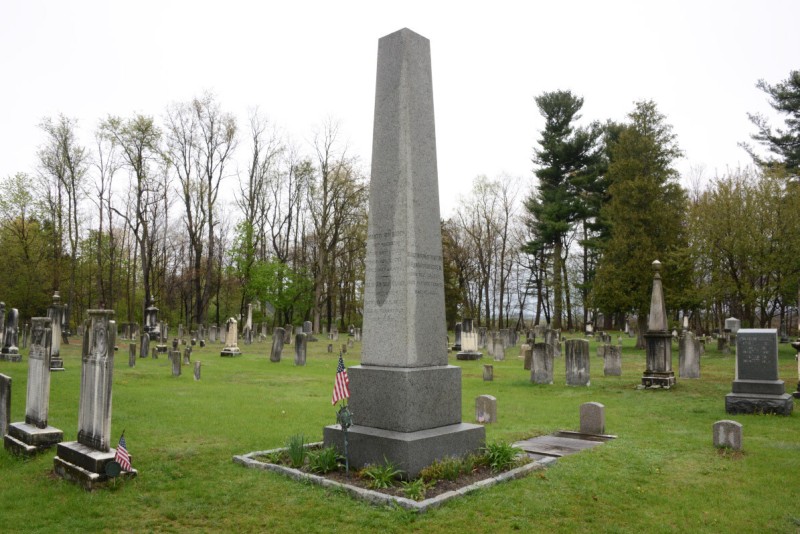
Martin Van Buren is buried in a cemetery in Kinderhook.
